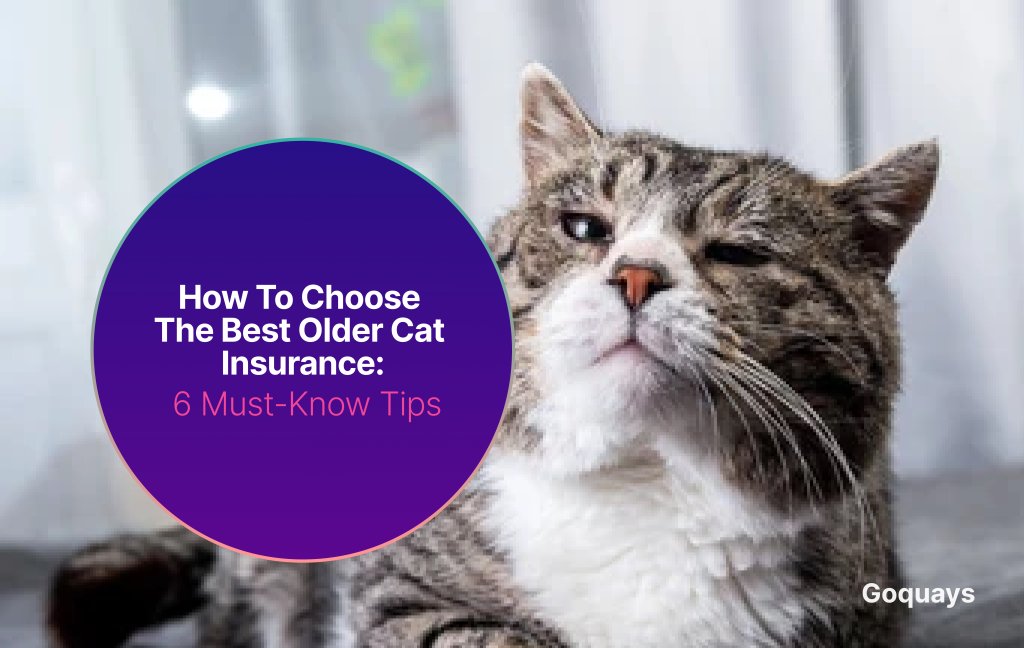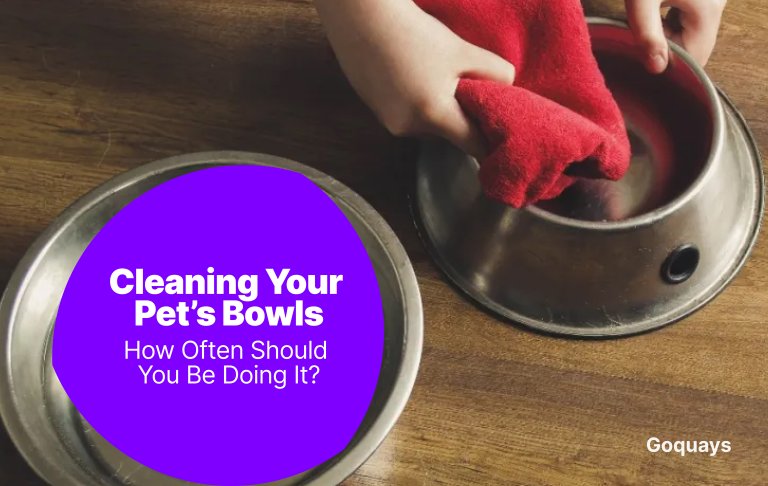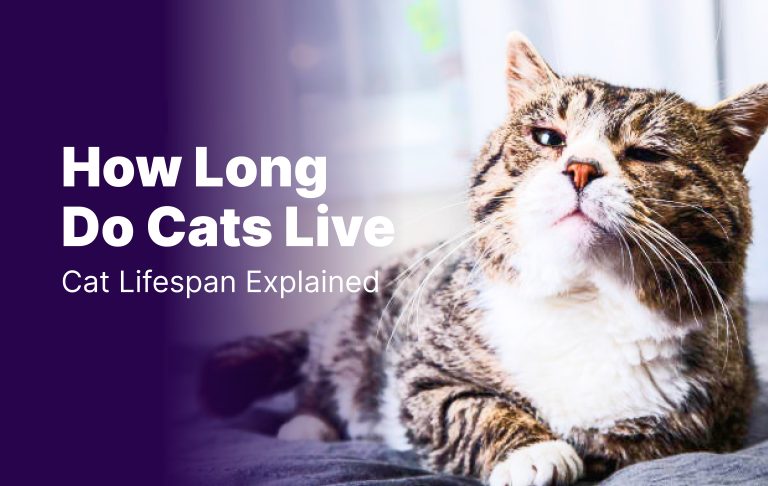Choosing the best older cat insurance can be a bit challenging, especially since many providers either do not offer coverage for senior cats or have strict policies with higher premiums and excess fees. As cats age, they become more susceptible to health issues, making insurance even more important.
However, finding a plan that balances affordability with comprehensive coverage can feel overwhelming. This blog will break down what to look for, the potential challenges, and how to secure the best insurance plan for your senior cat.
This guide will help you answer 6 essential tips to help you choose the best insurance policy for your senior cat.
Why older cats needs insurance

As cats age, they become more vulnerable to various health issues, making pet insurance a valuable investment for their well-being. Senior cats are more likely to develop chronic conditions such as arthritis, diabetes, kidney disease, and heart problems, all of which require ongoing medical care. Here are some of the reasons why you need insurance for your old cat.
- Increased health risks: Senior cats are more prone to chronic illnesses like arthritis, diabetes, kidney disease, and heart conditions, which require ongoing treatment and medication.
- High veterinary costs: Regular checkups, diagnostic tests, medications, and emergency treatments can be expensive, making insurance a financial safety net.
- Unpredictable health issues: Older cats can develop sudden medical conditions that require urgent care, such as infections, organ failure, or mobility issues. Insurance helps cover unexpected vet bills.
- Coverage for diagnostic tests: Bloodwork, X-rays, ultrasounds, and other tests become more frequent as cats age. Many insurance plans help offset these costs.
- Access to specialised care: Some policies cover alternative treatments like acupuncture, physiotherapy, and pain management, which can improve a senior cat’s quality of life.
- Peace of mind: With insurance, you won’t have to choose between your cat’s health and financial concerns. It ensures they receive the best care without overwhelming expenses.
Encourages preventive care: Many plans offer wellness coverage, helping with routine vet visits, vaccinations, and screenings that can catch health issues early.
Tips to know when choosing older cat insurance

- Check the Age Limits
One of the biggest challenges in finding insurance for an older cat is that many providers have age restrictions. Some pet insurance companies stop offering new policies for cats once they reach a certain age. This is usually around 10 to 14 years old, while others may allow enrollment but impose certain limitations on coverage, such as excluding pre-existing conditions or capping benefits.
What to look for when checking age limits
- Maximum enrollment age: Some insurers have a cutoff age for new policies. If your cat is already a senior (10+ years old), you must find a provider that accepts older cats.
- Lifetime vs. Time-limited coverage: Look for policies that offer lifetime coverage instead of time-limited plans, which may stop covering conditions after a set period. Lifetime plans ensure your cat is covered for ongoing health issues.
- Renewal guarantee: Always check if the policy guarantees lifetime renewals, as some insurance companies will continue covering your cat for life if you registered your cat before the age limit, while others may stop coverage at a certain age.
- Pre-existing condition policy: Many providers won’t cover conditions diagnosed before the insurance policy. If your cat has existing health issues, you may need to find a provider that offers limited coverage for pre-existing conditions or wellness plans that help with routine care.
Senior cat-specific policies: Some insurers have special policies designed for older cats, with coverage tailored to their health conditions. While these plans may have a higher premium, you can be assured they provide more comprehensive benefits.

2. Look for comprehensive coverage
When choosing insurance for an older cat, look out for comprehensive pet insurance plans. The best ones to opt for are the ones that go beyond basic accident protection to include a wide range of medical needs. Here’s what to look for in a comprehensive insurance plan for senior cats
- Chronic illness coverage: Most older cats develop long-term conditions such as arthritis, diabetes, kidney disease, and thyroid issues. Ensure the policy covers ongoing treatments, medications, and specialist consultations.
- Hereditary and congenital conditions: Some cat breeds are more prone to genetic disorders, and some of these conditions only show signs when your is older. Check if the insurance plan you opt for includes coverage for hereditary diseases.
- Diagnostic tests and imaging: Older cats require routine blood tests, X-rays, MRIs, and ultrasounds to monitor their health. A good policy should help cover these diagnostic costs.
- Prescription medications: Most senior cats require daily medication for conditions like high blood pressure, joint pain, or thyroid imbalances. Ensure your plan covers prescription drugs. This will help you reduce out-of-pocket expenses.
- Surgical procedures and hospitalization: Older cats are more likely to need surgeries for certain health issues, so ensure your older cat insurance covers these costs.
End-of-life and palliative care: At one point or another, your senior cats may require hospice care, euthanasia, or cremation services. Some plans provide coverage for these end-of-life costs.
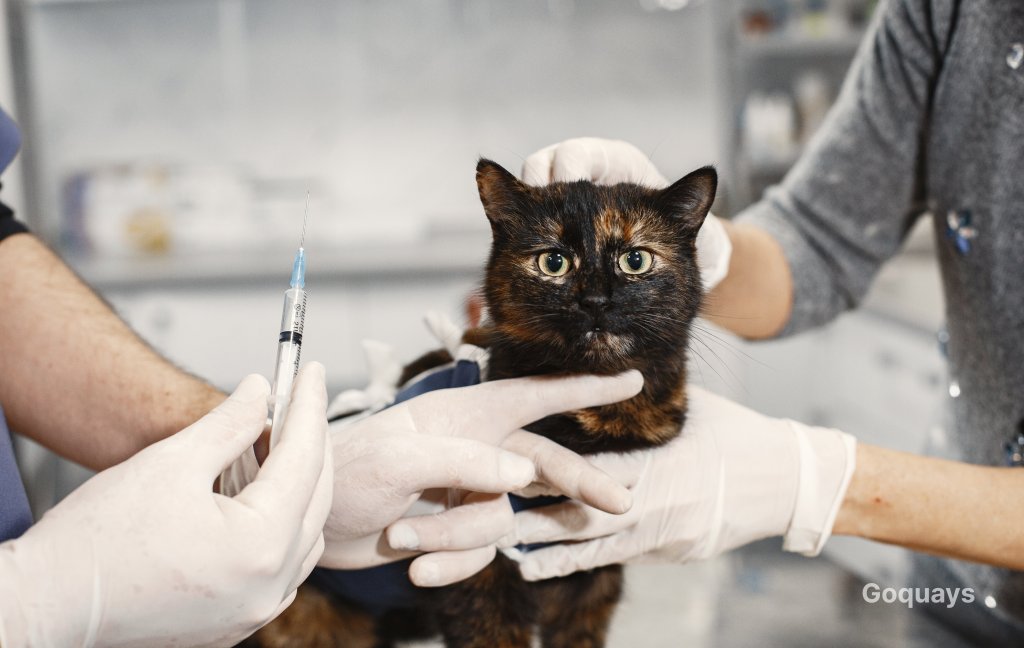
3. Consider pre-existing conditions
When choosing insurance for an older cat, one of the challenges you will face is pre-existing conditions. Pre-existing conditions are illnesses or injuries your pet was diagnosed with before the insurance policy, and most insurers do not cover illnesses or injuries that were diagnosed before the policy began, which can make finding the right coverage difficult for senior cats who already have health issues.
However, understanding how insurers handle pre-existing conditions can help you make an informed decision and still get valuable coverage.
Types of pre-existing conditions
- Chronic conditions: These are long-term illnesses like diabetes, arthritis, kidney disease, and hyperthyroidism. Since they require ongoing treatment, most insurers exclude them from coverage if diagnosed before enrollment.
- Curable conditions: Some insurers will cover pre-existing conditions that are considered “curable,” such as infections, respiratory issues, or digestive problems, as long as the cat has been symptom-free for a certain period (usually 6–12 months).
- Bilateral conditions: If a cat has a condition on one side of their body (e.g., cataracts in one eye or hip dysplasia in one leg), many insurers assume the other side will also develop the same issue and exclude it from coverage.
How to deal with pre-existing conditions exclusions
- Look for providers with limited coverage for pre-existing conditions: While most insurers won’t cover chronic conditions, some offer partial coverage or reimbursement for treatment and medications if the condition is stable for a certain period before enrollment.
- Consider alternative plans: Some pet wellness plans or accident-only policies may still provide partial coverage for routine care, minor illnesses, and injuries, even if chronic conditions are excluded.
- Check for customisable plans: Some insurers allow you to add extra coverage for specific conditions at a higher premium. If your cat has a manageable pre-existing condition, this could be an option.
- Enrol as early: If your cat does not have a serious health condition, getting them insured sooner rather than later can prevent future diagnoses from being classified as pre-existing.

4 .Compare policy costs and excess fees
When choosing the best insurance for your older cat, be sure to compare both the monthly premium and the excess fees (the amount you pay out-of-pocket before the insurance covers the rest). Since older cats are more prone to illnesses, their insurance tends to be more expensive than for younger cats, making it even more important to find a balance between affordability and coverage.
Factors to consider when comparing policy costs
- Monthly or annual premium: Older cat insurance tends to have higher premiums due to increased health risks. Compare different providers to see who offers the best value without sacrificing necessary coverage.
- Excess fees (Deductibles): Some insurers allow you to choose your excess fee (the amount you pay before insurance kicks in). A higher excess lowers your monthly premium but means you will pay more upfront for treatments. A lower excess means higher monthly premiums but less out-of-pocket expense when making claims.
- Co-Payments (the percentage you cover after excess): Some policies require co-payments for older cats, meaning after you pay the excess, you still cover a percentage of the remaining vet bill (e.g., 10%-30%). Make sure you understand how much you will be responsible for.
- Annual or Lifetime payout limits: Policies often have a maximum payout per year or condition. If your cat develops a long-term illness, you will want a plan with a high or unlimited payout cap to ensure ongoing treatment is covered.
- What’s covered vs. excluded: Some lower-cost policies exclude essential treatments like chronic illnesses, diagnostic tests, or alternative therapies. Always check what’s included in the plan to avoid surprise expenses.
Price increases over time: Some insurers significantly increase premiums as cats age. Look for companies that offer fixed or gradual premium increases rather than sudden jumps in cost.
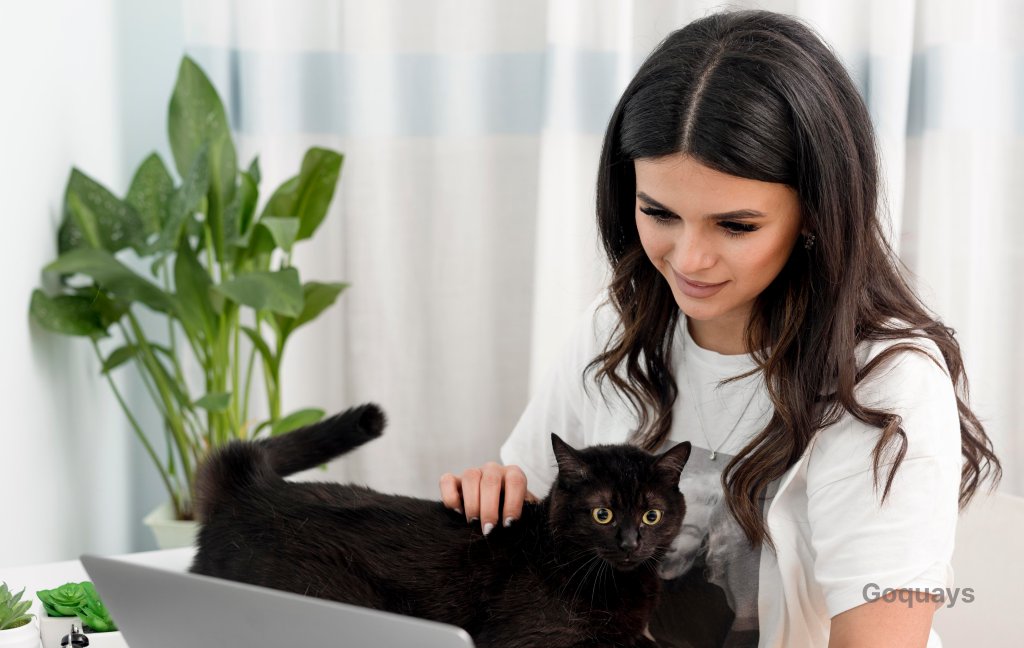
5. Read customer reviews
Choosing an insurance provider for your older cat isn’t just about comparing costs and coverage—you also need to ensure the company is reliable, responsive, and trusted by other pet owners. Reading customer reviews and checking an insurer’s reputation can help you avoid companies that make claiming difficult, delay reimbursements, or have poor customer service.
What to look out for in reviews
- Claim approval and processing time: A good insurer should process claims quickly and fairly without unnecessary rejections or long delays.
- Customer support quality: Are they helpful and responsive when you need them? Some companies are hard to reach or unhelpful when problems arise.
- Premium increases over time: Many pet owners complain about sudden or unreasonable price hikes as their cat gets older. Look for a provider with predictable, gradual increases rather than drastic jumps.
- Fine print issues : Some companies have hidden exclusions that pet owners only realize after submitting claims. Look for mentions of unexpected denials or policies that were not clearly explained.
Where can I find reliable reviews?
- Trustpilot and Google reviews
- Better Business Bureau(BBB)
- Independent review websites like Consumer Affairs
6. Understand policy and lifetime coverage
When choosing insurance for your older cat, it’s important to understand how policy renewal and lifetime coverage work. Many pet owners assume that once their cat is insured, coverage remains the same indefinitely—but some insurers impose restrictions that could leave your pet uninsured or with reduced benefits as they age.
Key aspects of policy renewal and lifetime coverage
- Lifetime vs. Annual policies
Lifetime Coverage: This is the best option for older cats because it ensures continuous coverage for chronic conditions like arthritis, kidney disease, or diabetes. As long as you renew the policy each year, your cat remains covered for ongoing illnesses.
Annual (Time-Limited) Policies: These policies cover illnesses for only 12 months from the time they are diagnosed. After that, the condition is considered pre-existing and won’t be covered again. This is risky for older cats, as many develop long-term health issues.
- Guaranteed vs. Non-Guaranteed Renewals
Some insurers guarantee renewal as long as you continue paying premiums, while others may refuse to renew policies for older cats or those with pre-existing conditions. Always check if your insurer has an age cap for renewal or if they might drop coverage when your cat reaches a certain age.
Conclusion
Choosing the right older cat insurance is one of the most important decisions you can make as a pet owner. Senior cats are more prone to health conditions, and vet bills can quickly add up, making a comprehensive insurance policy essential for managing unexpected medical expenses. However, not all policies are created equal, and it’s crucial to choose one that provides the best balance of coverage, affordability, and long-term reliability.
By following these seven tips, you can make an informed decision and choose the best insurance policy for your senior cat. Remember, the right coverage not only protects your cat’s health but also gives you peace of mind, knowing that you will never have to choose between their well-being and financial constraints.

